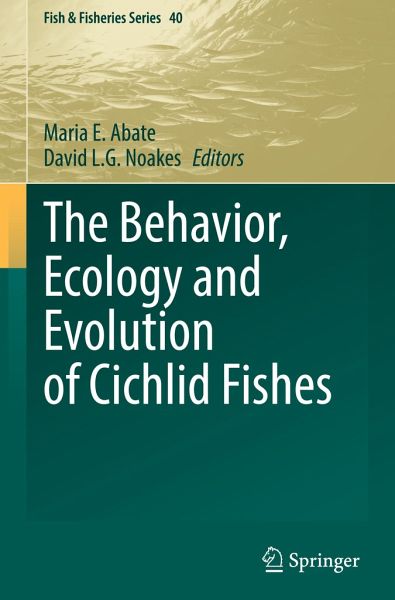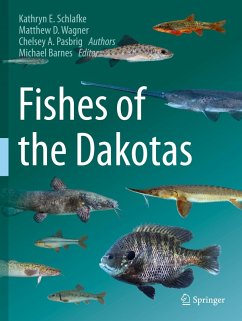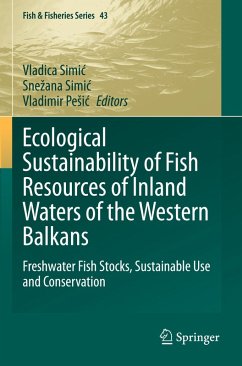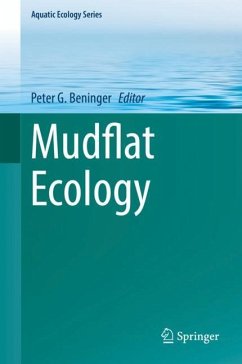
The Behavior, Ecology and Evolution of Cichlid Fishes

PAYBACK Punkte
88 °P sammeln!
This volume constitutes the most recent and most comprehensive consideration of the largest family of bony fishes, the Cichlidae. This book offers an integrated perspective of cichlid fishes ranging from conservation of threatened species to management of cichlids as invasive species themselves. Long-standing models of taxonomy and systematics are subjected to the most recent applications and interpretations of molecular evidence and multivariate analyses; and cichlid adaptive radiations at different scales are elucidated. The incredible diversity of endemic cichlid species in African lakes is...
This volume constitutes the most recent and most comprehensive consideration of the largest family of bony fishes, the Cichlidae. This book offers an integrated perspective of cichlid fishes ranging from conservation of threatened species to management of cichlids as invasive species themselves. Long-standing models of taxonomy and systematics are subjected to the most recent applications and interpretations of molecular evidence and multivariate analyses; and cichlid adaptive radiations at different scales are elucidated. The incredible diversity of endemic cichlid species in African lakes is revisited as possible examples of sympatric speciation and as serious cases for management in complex anthropogenic environments. Extreme hydrology and bathymetry as driver of micro-allopatric speciation is explored in the African riverine hotspot of diversity of the lower Congo River.
Dramatic new molecular evidence draws attention to the complex taxonomy and systematics ofNeotropical cichlids including the crater lakes of Central America. Molecular genetics, genomics, imaging tools and field study techniques assess the roles of natural, sexual and kin selection in shaping cichlid traits and beyond. The complex behavioral adaptations of cichlids are considered from a number of sub-disciplines including sensory biology, neurobiology, development, and evolutionary ecology. Most importantly, this volume puts forth a wealth of new interpretations, explanatory hypotheses and proposals for practical management and applications that will shape the future for these remarkable fishes in nature as well as their use as models for the study of biology.
Dramatic new molecular evidence draws attention to the complex taxonomy and systematics ofNeotropical cichlids including the crater lakes of Central America. Molecular genetics, genomics, imaging tools and field study techniques assess the roles of natural, sexual and kin selection in shaping cichlid traits and beyond. The complex behavioral adaptations of cichlids are considered from a number of sub-disciplines including sensory biology, neurobiology, development, and evolutionary ecology. Most importantly, this volume puts forth a wealth of new interpretations, explanatory hypotheses and proposals for practical management and applications that will shape the future for these remarkable fishes in nature as well as their use as models for the study of biology.














